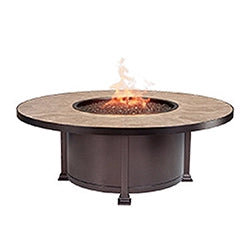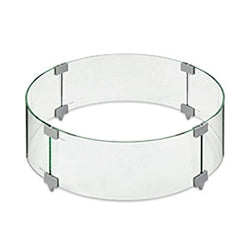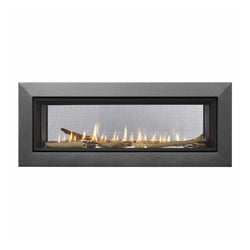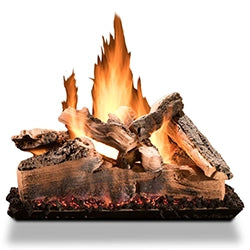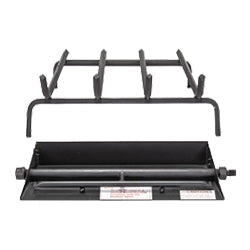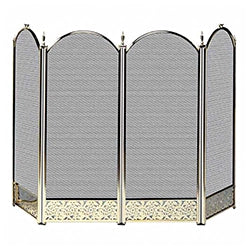Search the blog
Whether you're looking for DIY articles or simply search for new insights on firepits and fireplaces, our experts have been writing and training others about fire products for over 15 years. Check out the articles below written by our certified experts in everything fire.







